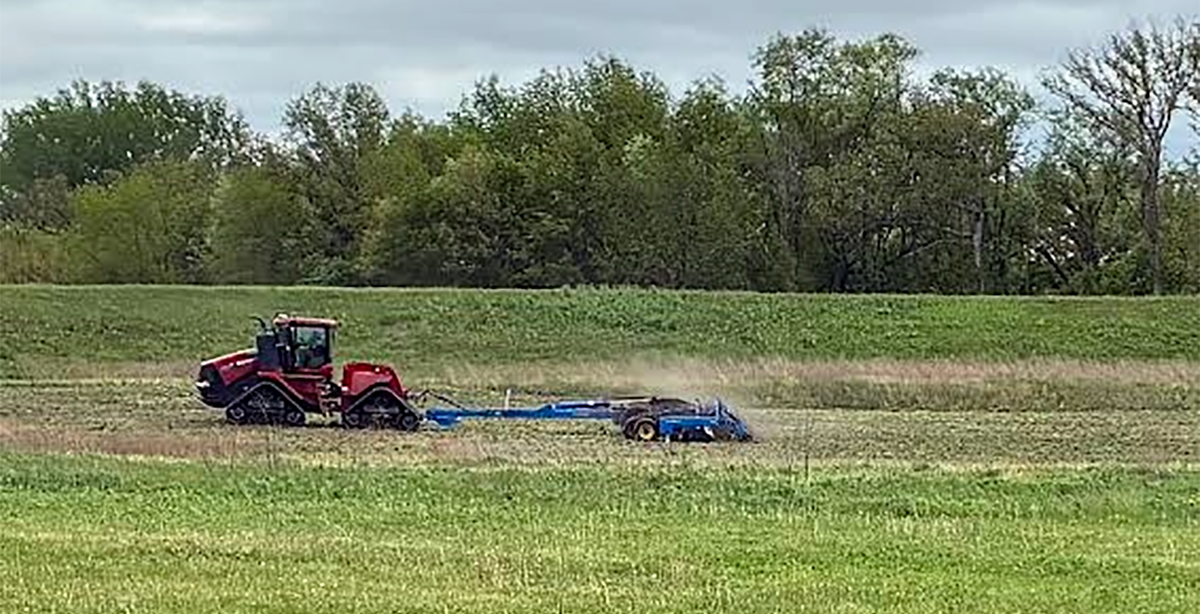1. The MPOA committee working on developing a market for the dried sediment has worked with a local farmer to have them till the surface of the dried sediment to work up the soil and prevent weedy growth.

2. Discussions are on-going as to how to fund the necessary repairs to the Wonder Lake Dam sluice gate, and how and when to make those repairs. The MPOA contractor has indicated that we are on their tentative schedule for somewhere around Labor Day.
3. Our on-going moderate drought continues, as reflected in the latest information from the USGS stream gage at Thompson Road. The upper “triangles” shows the historic stream discharge average on a given date in cubic feet per second, while the bottom line shows the current discharge value on those dates. Despite just under 3 inches of rain in the last month, the flow of Nippersink Creek entering the lake is still roughly 50% below average.

4. When it comes to aquatic invasive species, Wonder Lake has been fortunate so far in not having encountered any significant problems (other than carp), likely because most of the watercraft on the lake stay on the lake. Aquatic invasives are often introduced by watercraft being moved around to different lakes, whether by weeds or mud on boat trailers, the dumping of bait buckets still carrying water or bait from a different waterbody.
In 2015, the Wonder Lake Sportsmans Club placed signs at each subdivision boat ramp, offering invasive species prevention techniques, such as these:
- Inspect boats, trailers and ice fishing equipment for attached aquatic plants, animals or mud
- Remove all attached plants or animals Drain all water from buckets and containers
- Never move live fish away from a waterbody
- Dispose of unwanted bait in the trash
A newly evolving invasive species threat involves wake boats, particularly those that do not always stay on the same lake. Wake boats use ballast systems to add weight to the boat and increase the displacement (of water) that increases the size of the wake. Wake boat operators use pumps to draw in lake water to fill their ballast tanks, but those tanks cannot be completely drained. The residual water is then carried to the next lake, swishes in and out during the filling and draining process and increases the potential of transferring invasive species from lake to lake.
